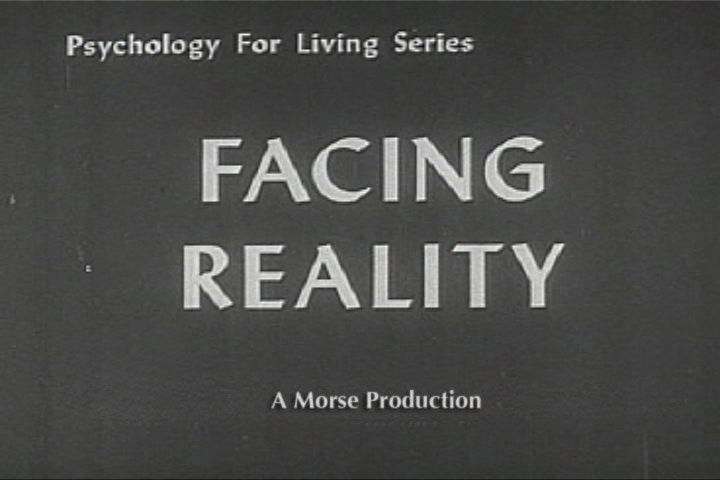
|
Lorna Mills and Sally McKay
Digital Media Tree this blog's archive OVVLvverk Lorna Mills: Artworks / Persona Volare / contact Sally McKay: GIFS / cv and contact |
View current page
...more recent posts
Sunday Devotionals
Get thyself over to the Republic of Sestakastan and read the latest film strip from my friend Morse (formerly of Media Needle).

While counselling me not to load up on too many courses in my first term, an adviser posed the ominous question "How long has it been since you've read Hegel?" I blinked at her like a deer in the headlights. "Uh, eternity?" (No kidding. I've barely read any Kant! And to answer the spirit of the question, my BFA with Art History minor was 17 years ago.)
In a state of not quite panic but something close I spent yesterday afternoon reading James Elkins' Stories of Art. It's a short book that summarizes various art history survey texts throughout the ages, (and around the world), and ultimately paints a picture of the study of art history as an inescapably western phenomemon. It's easy reading, and...Hegel shows up! yay. According to Elkins, Hegel is a bit of a thorn in the side of art history, a guy with a pernicious point of view that we'd love to purge, if only we could.
Among Hegel's many ideas about art, two have been particularly important for subsequent art history: the claim that art moves forward through time in accord with certain specifiable laws; and the claim that at any given time, all the arts of a culture are in harmony."At least these themes sound familiar. I did learn the term "teleology" back in school and it's stuck with me. I remember reading Stephen Jay Gould, not quite so long ago, as he argued against the sticky notion that evolution has a goal in mind (...and that human civilzation is its crowning glory). This is an easy idea to dismiss rationally, but it is much harder to divest our everyday thinking of such narrative trajectories. Progress is a pretty deeply embedded concept.
[...]
"In Hegel's view, art progresses: it actually moves forward rather than simply changing or wandering. His sequences are meliorist, that is, the art actually improves, because better expressions of the Idea or Spirit are to be desired over less accurate ones.
What is now often called the diachronic march of art through history is one of Hegel's two influential theories. The synchronic theory, which explains how art at any given time all hangs together, is just as important."
[...]
"Hegel is one of those insidious problems that seems easy to solve: afer all, can't I just say that I will stop assuming art progresses or that all arts are tied to a central spirit? It turns out that I can say it but I cannot write that way, because the resulting lecture or book will sound incoherent. Listeners, viewers, and readers expect sense and structure in their art history, and so far at least the overwhelming majority of attempts to write different kinds of art history have failed."
From James Elkins, Stories of Art, (New York: Routledge*) 2002, pgs. 52-55
Another thing this makes me think of if the physics problem of time — why does it only go one way? And philosophic problems of point of view and memory and consciousness. And other things I've thought about before sometimes like maybe even this old post on narratology and ludology.
So the upshot for me is that while Elkins' book makes the whole art history project seem mildly claustrophobic, I am starting to feel somewhat enthusiastic at the prospect of "reading Hegel" (ulp).
*I'm not normally too picky as a reader, but as a sometimes-editor I have to say: man this book is full of typos and clumsy hyphenation! What gives? I thought Routledge was the kind of press that wouldn't scrimp on editors and proof readers.